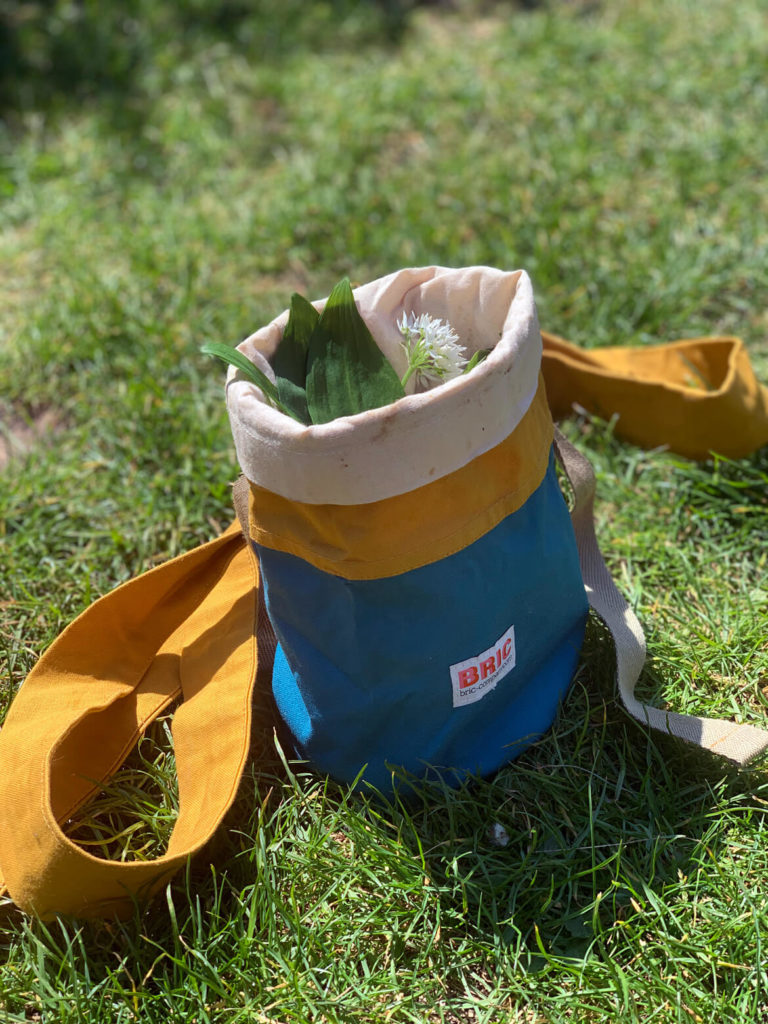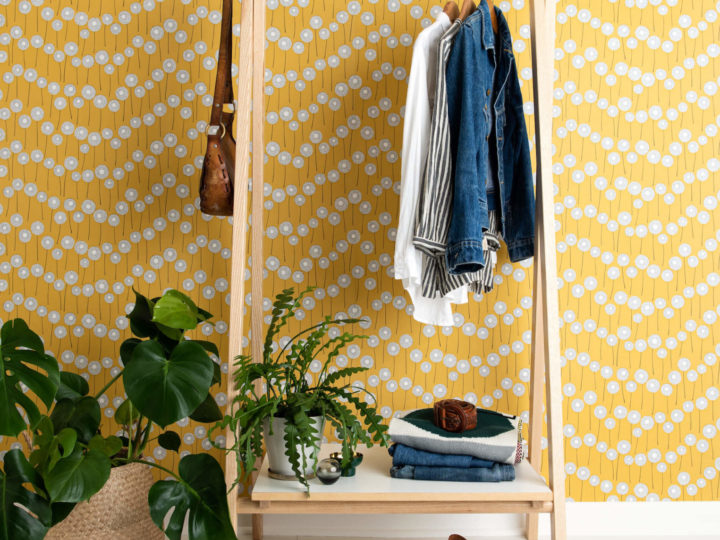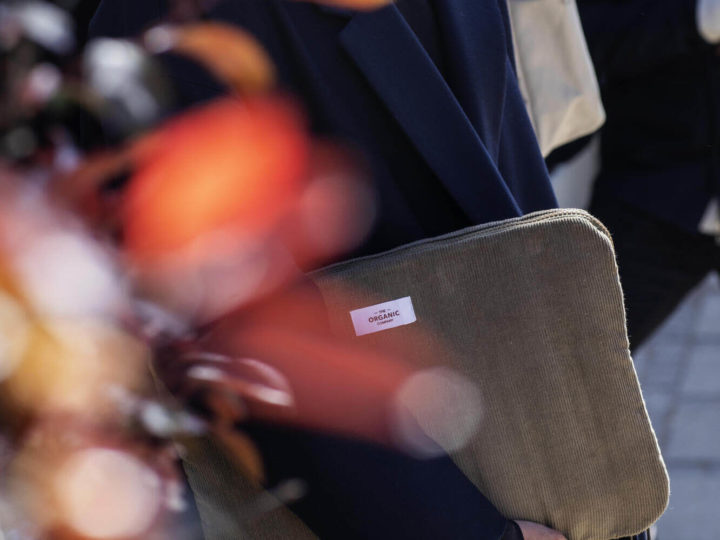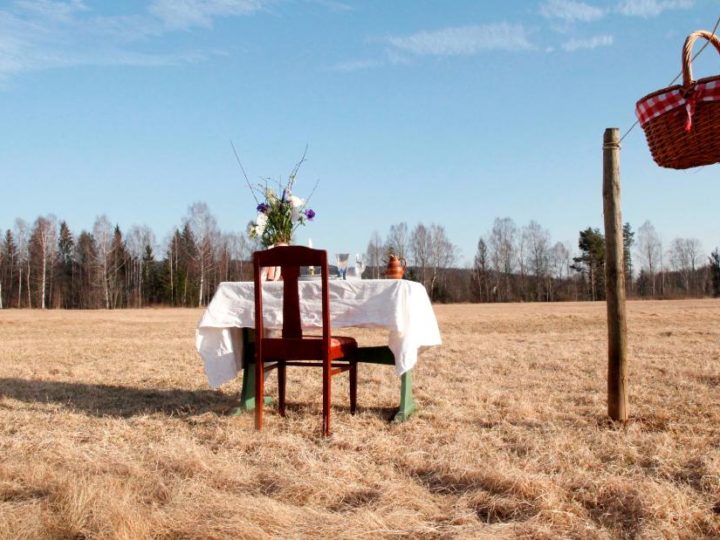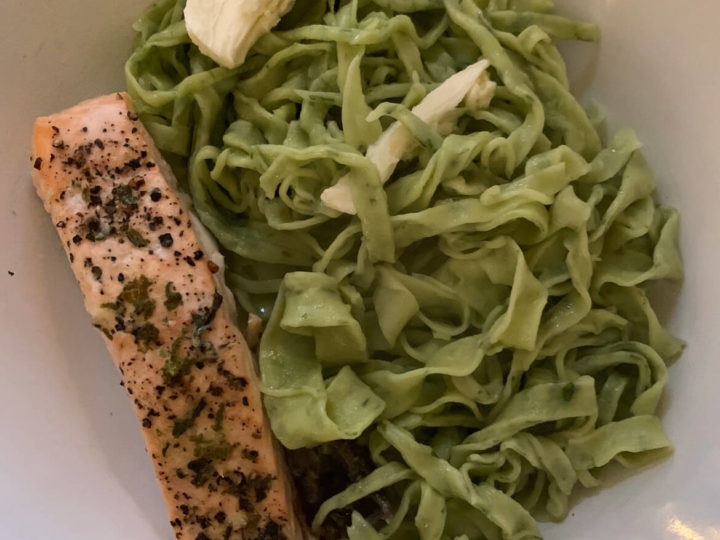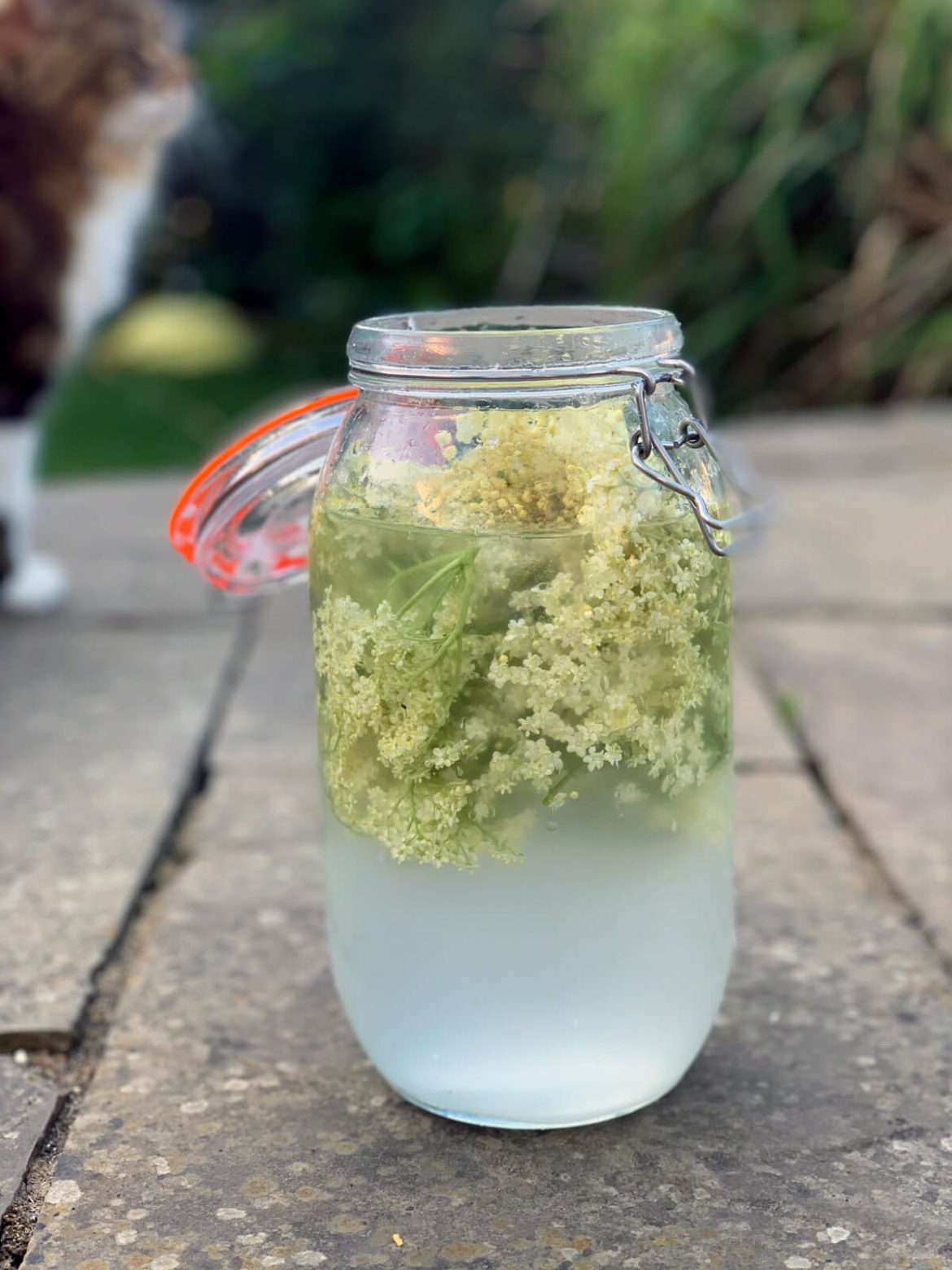
The best water kefir recipe – the hunt is over (for now)
For all you water kefir fans out there – I’ve just discovered my absolute favourite water kefir recipe so far – Elderflower kefir. Easy as pie (well, much easier than pie actually). So many people messaged me after my Chalk & Moss Instagram post asking for the recipe, so I’m sharing this probiotic superfood recipe with you all here. I’ll break it into steps for experienced kefir makers and novices alike.
What is water kefir?
Many have heard of milk kefir, a liquid yoghurt full of good gut bacteria. But you can also make water kefir with the kefir grains, a refreshing and healthy fizzy drink, often flavoured. Kefir, being a fermented probiotic drink, does wonders for your gut health, digestion and immune system. Water kefir is of course a great dairy free choice for those with lactose intolerance.
To make water kefir, all you need is water, sugar and kefir grains. You then add flavouring. More on this in the novice kefir maker section below.
Much of the sugar is metabolised by the fermentation process, but be aware that there is still some sugar in the final bubbly water kefir drink.
How to make water kefir
For existing kefir makers:
In summary, for those who are already making water kefir, the steps are simple – after the first ferment, strain out your kefir grains. Add a load of elderflowers into the liquid and add a small amount of sugar (like 1 teaspoon). Close the lid and start ferment number two (24-48 hours as usual). Voila!
For novice kefir makers:
To make water kefir, you need filtered water (I filter water in a Brita water filter jug), sugar (ideally raw sugar) and a SCOBY (a symbiotic culture of bacteria and yeast). The bacteria form small, clear, gelatinous kefir grains (or tibicos).
You can buy dehydrated kefir grains online, or put out feelers to see if you know anyone making kefir. They grow every time you make water kefir. I make a new batch every two days, at which point a handful goes onto the compost (I’ve give away lots too).
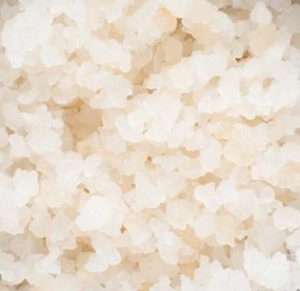
Water kefir grains – symbiotic bacteria culture (SCOBI)
You’ll need:
- Filtered water (or tap water if your water is not heavily chlorinated)
- Glass bottles with tight fitting lids
- Two Mason jars – one with and one without a tight fitting lid
- A muslin or tea towel
- Wooden or plastic spoon
- Sugar (caster sugar or ideally raw sugar like rapadura, which feeds the grains better)
- Elderflowers
- Kefir grains
Ingredients:
- 100g sugar
- 1 litre water
- 5-6 large wooden spoon fulls of kefir grains
Water kefir process:
Ferment 1:
- Add the water to the jar (unlidded). Dissolve the sugar in the water, stirring with a wooden spoon.
- Add the kefir grains.
- Cover with a tea towel and leave in a dark place for 24-48 hours. You can add a rubber band to keep it in place. When you lift the jar at the end of the ferment, you’ll see large bubbles floating to the surface, indicating the ferment is working. Do not leave for more than 48 hours, as the kefir grains will get too hungry.
- Strain away the kefir grains, pouring the liquid into the lidded jar. You now either start the next batch right away with the kefir grains, or make a SCOBI hotel in the fridge to store the grains until next time. You’ll have more grains than when you started, so share the love (or put the excess on the compost).
- You can now choose to bottle your kefir without flavour, or add flavour to it in the second ferment. Here’s where the real fun starts if you ask me.
If you want to take a break from kefir making, put them in a lidded glass jar with sugary water. This is often called SCOBI hotel. If leaving for more than 2 weeks, do a couple of waste rounds of kefir to get it tasting good again.
Ferment 2:
- Add your flavour. In this case, add 7 or so elderflower heads and a little bit of sugar (1-2 teaspoons). The kefir needs a little sugar to continue fermenting. If you’re using sweet fresh or dried fruit as flavouring, you don’t need to add any sugar.
- Close the tight fitting lid and leave to ferment for another 24-48 hours. Again, no more than 48 hours or the fizz disappears and it tastes a little off. Some fruit tastes much fresher with only 24 hours to ferment.
- When fermenting is finished, transfer to lidded bottles and store in the fridge.
What does elderflower look like
Elderflower grows on trees, where the tiny white flowers grow in clusters. You’ll find them in parks, by rivers and out in the countryside. They have a very distinct, creamy sweet smell. If it smells a bit like wee, try to find a fresher tree. Ideally the flowers shouldn’t fall off too much when you touch them. You want to pick them when they’ve just blossomed. You’ll see that some flowers haven’t yet opened. That’s ideal. Let me know in the comments if you’d like me to explain in more detail how to recognise elderflowers.
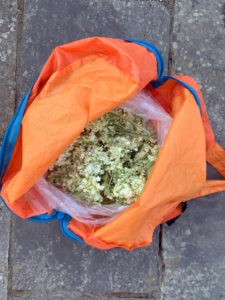
Also try these water kefir recipes – strawberry and basil – ginger beer
I’ll let you in on my other two favourite water kefir flavourings. Add these once you remove the kefir grains:
1. Strawberry and basil – You only need 2 or 3 strawberries and a few basil leaves. Heaven! There you don’t need to add any sugar, as the strawberries are sweet enough.
2. Ginger beer – Boil a few slices of fresh ginger with some sugar until they looks caramelised. Add this to the kefir and start second ferment.
I’ve learned so much about water kefir and kombucha from @roisinslivelarder on Instagram – she sells her own water kefir and runs fermentation workshops. Well worth a follow!
If you love elderflower, don’t miss my elderflower cordial recipe.
Get more healthy recipes and natural homewares to your inbox
Sign up to the Chalk & Moss newsletter for more recipes and tips on how to enjoy the great outdoors. You’ll also get inside scoop from the Chalk & Moss natural homewares shop.
[mc4wp_form id=”131″]
Need something to put your elderflower and foraged goods in?
Go for the Bric foraging bag in the Chalk & Moss shop. Available in several colours, and with lunch bags to match.

